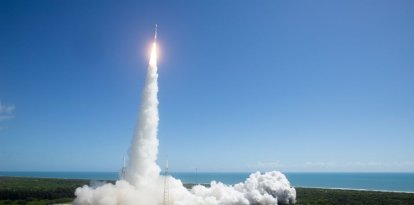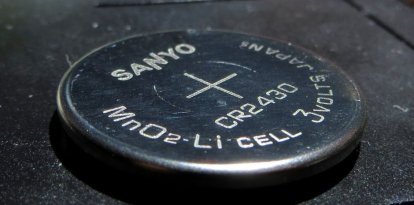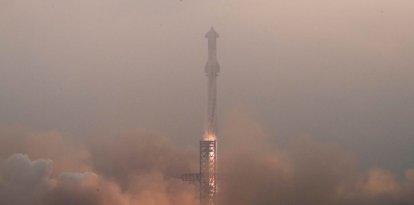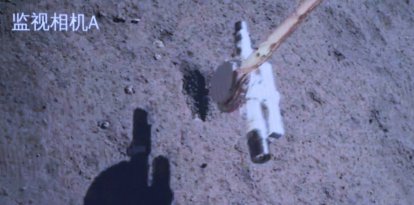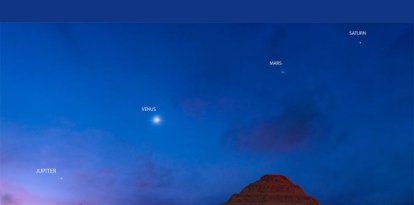The largest digital camera in the world is now finished: "It will help observe our universe in unprecedented detail"
"Its images are so detailed that it could resolve a golf ball from around 15 miles away," said Rubin Observatory Deputy Director Aaron Roodman.
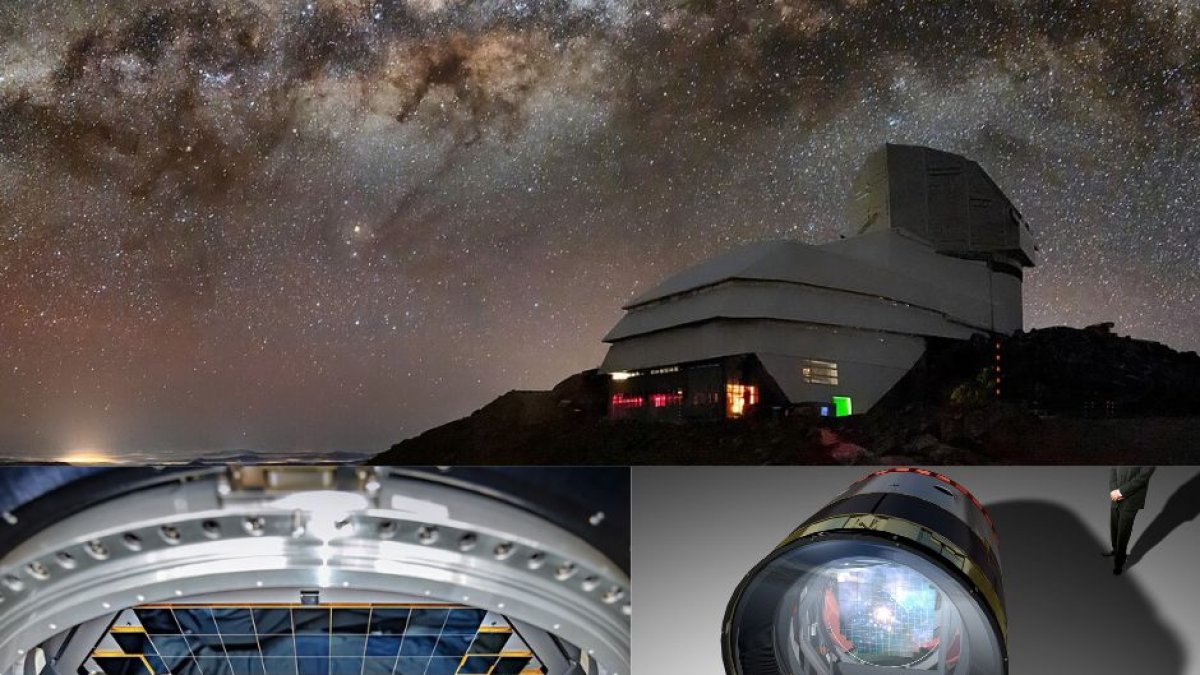
(Wikimedia Commons:
The largest digital camera in history is finished. Scientists and engineers at the Department of Energy's National Accelerator Laboratory (SLAC) announced that after more than two decades of work, the construction process of the super-technological device is complete:
The purpose of the 3,200-megapixel camera is to help "researchers better understand dark matter, dark energy and other mysteries of our universe." It will also help researchers observe our universe in unprecedented detail":
"It could resolve a golf ball about 15 miles away"
The camera called Legacy Survey of Space and Time (LSST) "is about the size of a small car and weighs about 3,000 kilograms (3 metric tons). Its front lens measures more than five feet across – the largest lens ever made for this purpose.” SLAC Professor Aaron Roodman, deputy director of the Rubin Observatory, and camera program lead said:
At the end of the project, the device will help explore "numerous small objects" present in our solar system. According to Rubin Observatory estimates, "the project may increase the number of known objects tenfold. This could lead to a new understanding of how our solar system formed and perhaps help identify threats from asteroids that come too close to the planet."
Željko Ivezić, Construction Director of the Rubin Observatory, said:














